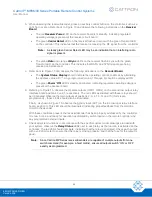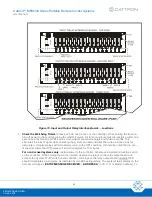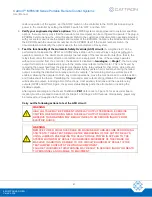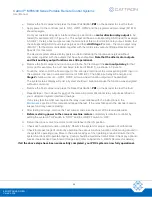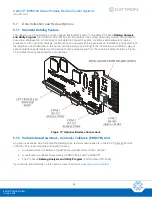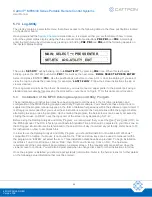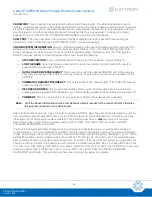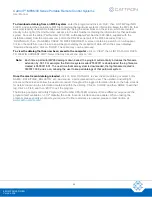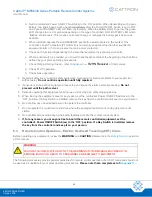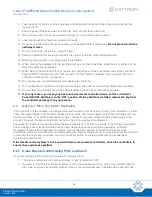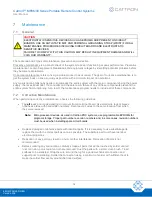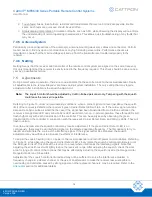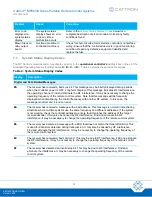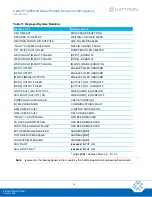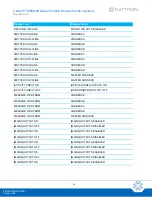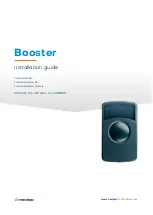
Cattron™ MP96/48 Series Portable Remote Control Systems
User Manual
68
68C-MP96/48-RD-EN
Version 006
6. Take slack out of chains or slings gradually and make sure hands and other objects are clear before
making the lift.
7. Keep all parts of the body away from the lifts. Also, do not stand under a lift.
8. Do not make a lift or move the equipment if anyone is in a position to be injured.
9. Load should not be carried over workmen's heads.
10. If anyone is in the path of travel, stop and sound the alarm before proceeding.
Do not proceed until the
pathway is clear.
11. Do not drag slings, chains, etc., along the floor.
12. Persons operating this equipment shall not use a limit stop as a utility stopping device.
13. Bumping other cranes or run-away stops is prohibited.
14. When moving the equipment to the loading point, be sure that hook block, attachment, or cables will not
fall on the adjacent equipment.
15. When leaving the crane area f
or any reason, be sure slings or chains are raised and set the controller’s
Power ON/OFF Switch(es)
to the ‘OFF’ position. If a Key Switch is installed, remove the key from the
controller and keep it on your person.
16. Do not allow any unauthorized person to operate the controller.
17. Do not operate the controller at a distance where the crane and all surrounding objects are not visible.
18. Do not attempt to override any of the safety features built into the remote control system.
19.
If, for any reason, you or anyone has to board a remote
controlled crane, set the controller’s
Power ON/OFF Switch(es)
to the ‘OFF’ position. If a Key Switch is installed, remove the key from
the controller and keep it on your person.
6.4
Operator ‘Pitch and Catch’ (Optional)
‘Pitch and catch’ is the operation of a single controlled machine or crane by two, three or four operators on a first-
come, first-served basis. This method provides lock out of the non-commanding operator(s) and allows only one
operator at a time. This method also allows a spare controller to be used without changing code plugs in the
decoder; however, the spare controller must be on one of the valid system addresses.
Some specific functions that can be pitched between Operators ‘A’ and ‘B’ are shown in the following paragraph.
These functions are normally identified during initial discussions between customer operators, customer
management and Cattron application engineers. Once it has been agreed: (1) which functions are to be
transferred, (2) which functions are to be controlled by the primary controller only, and (3) which functions that will
remain with the secondary controller, your remote control system is custom engineered to provide these
operational requirements.
If the remote control system is to be used with two or more remote controllers, check the controllers to
ensure they operate as specified.
6.4.1 Crane Remote Control Using Pitch and Catch
Using two
operator ‘pitch and catch’ operation for a single crane:
1. The crane is sitting idle wi
th both controllers ‘A’ and ‘B’ switched ‘OFF’.
2.
Operator ‘A’ turns his/her controller power to ‘ON’ and captures the crane. One of two colored lights on
the crane, energized by auxiliary function relays in the receiver/decoder, indicates which operator has


